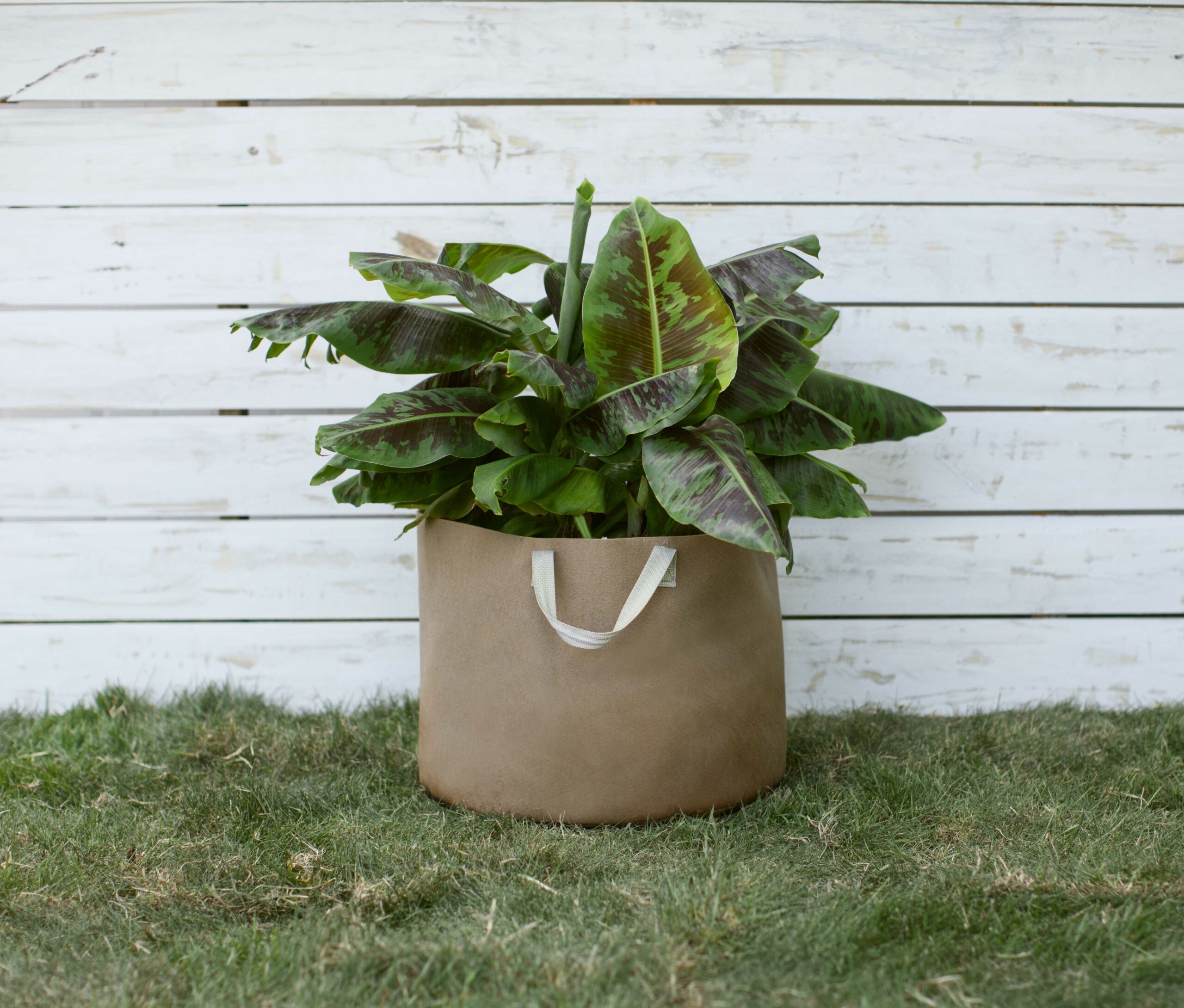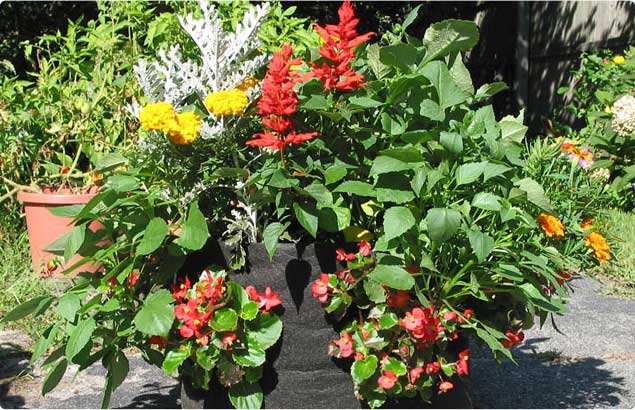Overwintering Tropical Plants
Throughout those warm summer months, your beautiful tropical plants doubled in size and provided eye-candy all season long. You don’t want to throw it all away by simply letting them die during the cold winter. You already know how much sunlight they need, how often to water, amount of nutrients needed, etc. But when overwintering tropical plants, their care may change once they’re in your home. Providing care for plants in the winter is easier than you might think. Follow these steps on how to overwinter tropical plants and your new guests will enjoy a healthy winter indoors.
1. Ease your plants into it. Once outdoor temperatures start to reach 50 degrees or below, begin transitioning your plants inside in the evening. This can take place over a 2-3 week period while your plants adjust to their new atmosphere inside.
2. New pots = rot. It’s natural to assume you’ll need to repot when overwintering tropical plants, but that can sometimes do more harm than good. With less sunlight and water, your plants foliage and root growth will slow dramatically. By keeping your plants in their same containers you will limit unused soil space which can help to prevent soggy roots and root rot.
3. Water less. Once brought indoors, the best way to care for plants in the winter is to manage their hydration appropriately. Most plants only need to be watered about once a week.
4. Manage those pests. Check your plants weekly for pests and easily manage them with insecticide soap. Bugs and other critters often try to make their way indoors during the winter, and you don’t want them munching on your beautiful tropical plants when they do.
5. Sunlight. The amount of sunlight tropical plants need during the overwintering process can vary greatly between various plant types. Some plants can be allowed to experience the first few days of colder temperatures to trick them into shedding foliage and going dormant. These types of plants can often be left in complete darkness and watered just often enough to keep the soil slightly moist. Other plants will need to be kept in their “growth” stage and be given warm temperatures and as much light as possible. Too much or too little light can ruin all that hard work, so be sure to do a little research to ensure you are giving the proper conditions for your specific types of plants.
By overwintering tropical plants, you’ll start next season with a big leg up — and save lots of cash in plant replacement.






